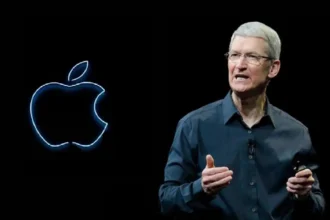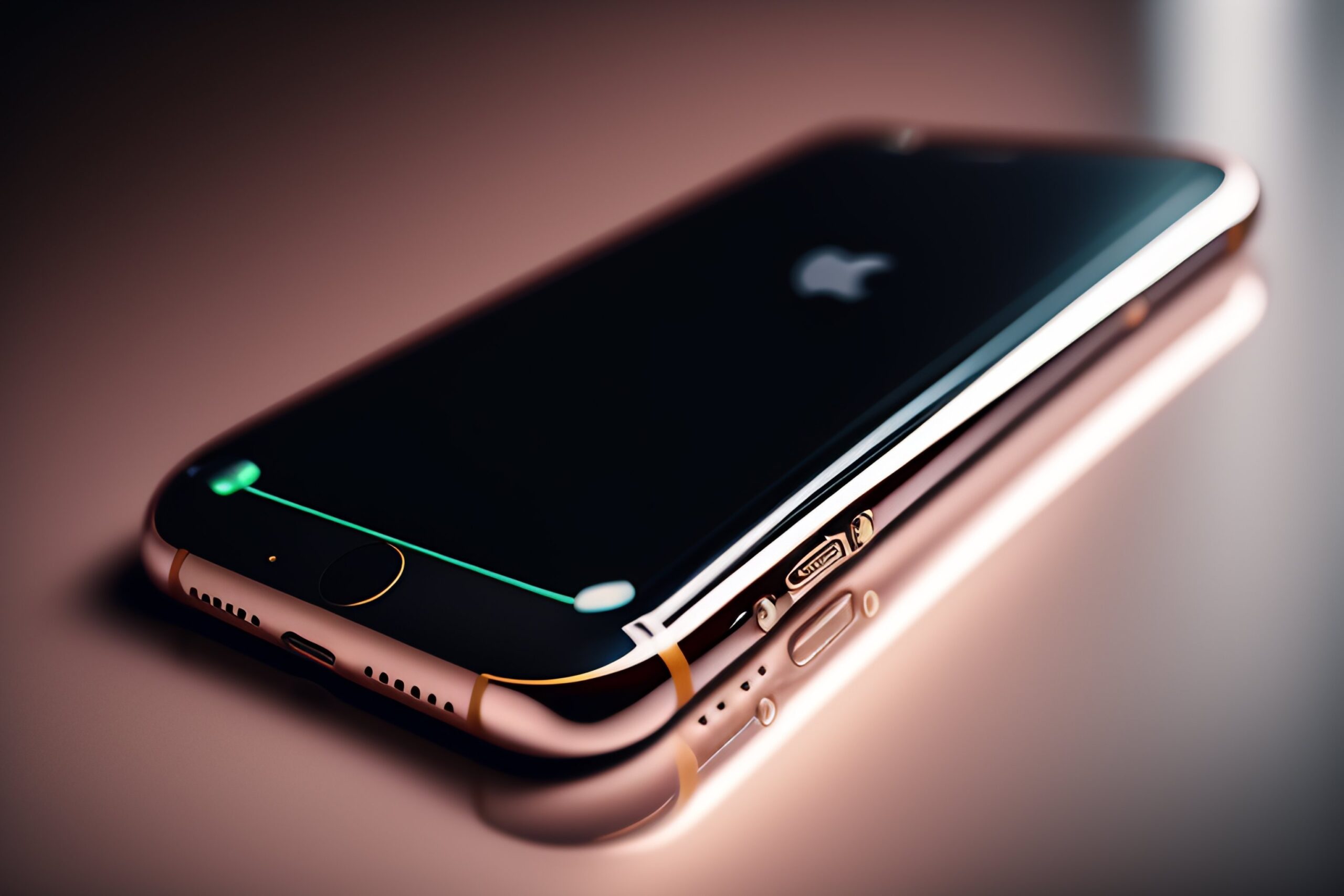Time and again, Apple’s iPhone has redefined the realm of mobile tech innovations. While we frequently debate over its aesthetics and processing might, it’s high time we cast a spotlight on an often-overlooked marvel: the iPhone’s tactile interface evolution for contemporary devices. With finesse and panache, Apple molds our digital experiences in ways we often take for granted. It’s a silent revolution, touching lives with every swipe and tap.
Haptic Touch – A Leap from 3D Touch
Recall the initial fascination with 3D Touch? The exhilaration of pressure-sensitive screen actions? However, with the advent of iPhone XR in 2018, Apple made a strategic pivot. The heralding of Haptic Touch is more than just a technological shift. It’s a nuanced dance of duration and intention. Without relying on mere pressure, Apple has cultivated an interface that discerns the longevity of our touch, thereby crafting a symphony of precision and subtlety. As tactile boundaries blur, our digital stories become ever richer and layered.
Haptic Feedback – The Pulse of Interaction
Plunge into iPhone 14 series, or any other modern day iPhone, and you will be greeted by the genius of the Taptic Engine. It’s not just about those notification tremors or the ‘heartbeats’ we send to our loved ones. Every nuanced vibration has a story to tell, an emotion to convey. Whether you’re brushing through your emails or diving into a playlist, this micro-vibratory experience, with its minute differentiation, infuses depth, making every interaction feel as tangible as a physical touch. With each pulse, the iPhone resonates with our distinct life rhythms, bridging digital and emotional worlds.
SwiftUI and the Evolution of Digital Interactions
For Apple’s interface to be truly transformative, it doesn’t merely rest upon hardware advancements. Enter SwiftUI: not just a tool, but a paradigm shift in Apple’s software arsenal. By bridging the macOS and iOS worlds, it expands the horizons of tactile responsiveness, morphing static visuals into dynamic experiences. Consider playing real-time online roulette. Feel the rush as the spin’s fervor echoes the intensity of your touch. This is where SwiftUI stands out. By marrying touch nuances with visual feedback, it crafts an interactive spectacle, transcending conventional boundaries and guiding us to an era where user symbiosis is paramount.
UWB and Enhanced Spatial Interaction
As we shift our gaze back to iPhone 11 series, we can firmly say that the inclusion of Ultra-Wideband (UWB) technology was a sign of an exciting future. It’s not just about locating a lost device or sharing files. The spatial interactions it fosters transport us into realms of Augmented Reality where distances, proximities, and real-world alignments translate into transformative user experiences. Envision a digital ecosystem where spatial awareness forms the crux of interaction. Here, UWB isn’t just tech – it’s an art form, reimagining the digital canvas of our lives.
To merely dub Apple’s tactile enhancements as ‘innovative’ would be an understatement. We’re witnessing a profound metamorphosis in the ways users and devices converse. As we stand at the cusp of this tactile renaissance, it’s imperative for tech enthusiasts to immerse themselves in these intricacies. Because, in these subtleties and vibrations, lies Apple’s undeniable signature of visionary excellence.






